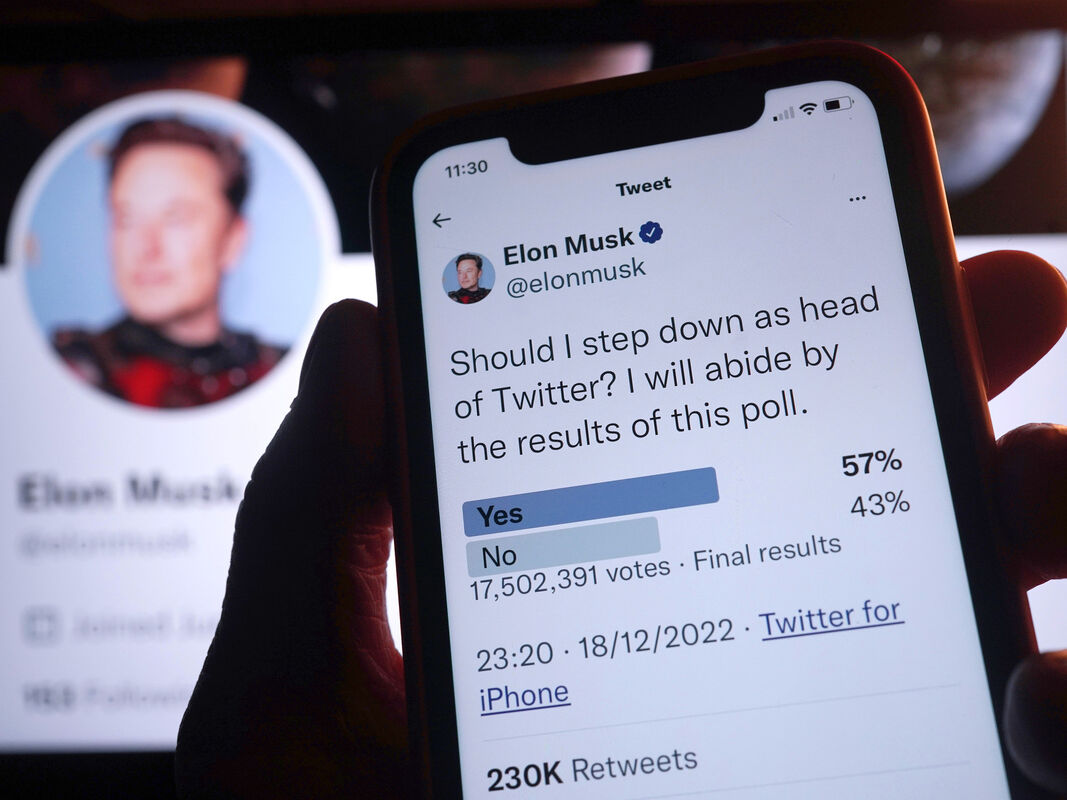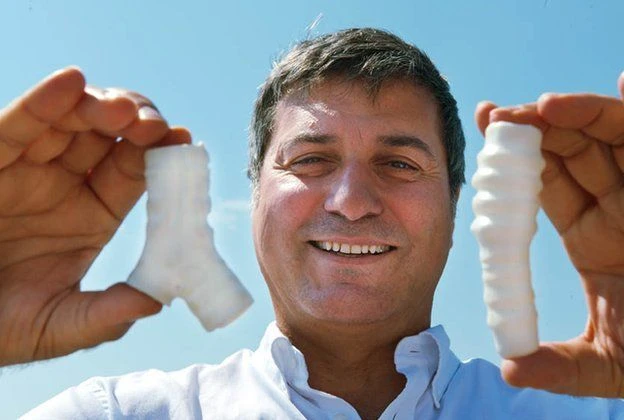
After dragging-out the saga of the acquisition of Twitter, the Chief Twit, CEO and Sole Director of the platform draws out his taste for Latin phrases and zest for drama, provoking ever since, relentless rounds of controversy and public dispute. And finally, abiding by the people’s voice to step down as Twitter CEO.
The acquisition of Twitter: A plot with a twit and a bunch of twists
By late January 2022, Elon had begun investing in Twitter, becoming on March 14th the largest shareholder in the company. “Welcome Elon!” the ex-CEO of Twitter Parag Agrawal tweets excitedly on April 5th, announcing that the famous tech billionaire will be joining the board of directors.
Thanks, but no – I rephrase, Musk responds, declaring on the 10th that he is no longer interested in becoming a member of Twitter’s board.

A change of heart on April 14th – Musk offers to buy the company at about US$43 billion. To finance the bid, he sells about US$8.5 billion worth in Tesla.
Less than two weeks later, he announces that he is lifting the long-disputed ban on the twitter account of the former president of America, Donald Trump. Thus, opening the “Pandora’s box” as the advocacy group Ultraviolet called it later.
Delayed acquisition
May to October, Musk’s flip-flopping around the acquisition was prolonged under the pretext of the prevalence of bot and spam accounts on the platform.
On the 12th of July, Twitter winds up filing a lawsuit against the mercurial billionaire at the Delaware Court of Chancery. A Delaware judge rules for a trial to take place on the 17 th October. Two weeks before the trial, Musk proposed the completion of Twitter acquisition at a cost of US$44 billion.
On the heels of the deal that was, finally, sealed on the 28th of October, the second richest man on earth fires Parag Agrawal – Goodbye Parag!
Along with other top executives including chief financial officer Ned Segal, chief legal officer Vijaya Gadde and general counsel Sam Edgett. Major layoffs and resignations followed, cutting-off Twitter’s workforce to less than half.
Just like that, on November 4th, more than 7.500 “today is your last working day at the company,” emails were sent by the new Twit direction.
Behind taking over Twitter, axing half the people who worked there, Musk launched a new version of its subscription service, Twitter Blue at a cost of US$8 per month, in an attempt to reinforce accounts verification and get around imposters – vouched parody accounts aside.
Musk’s Command: Freedom of speech, but not freedom of reach
On November 19th Twitter’s Sole Boss declared that the platform’s new policy is about “freedom of speech” and not “freedom of reach”.
Announcing his decision to cut the reach of what he said were “negative or hate tweets”, without clarifying what exactly differs a hate tweet from a valid one. Saying that the negative tweets will be “max deboosted” and “demonetized”.
On Thursday 15th December, Musk puts his policy again into practice – wielding his complete control over the platform, by suspending the accounts of a group of journalists from his online property, including Ryan Mac from the New York Times, CNN’s Donie O’Sullivan who have mentioned @ElonJet – the account that posts real-time updates related to Musk’s private jet information, which was view by Elon as a breach to the company’s anti-doxing rule. The ElonJet account is still suspended at the time of the reporting.
The censoring continued and other accounts and posts, completely unrelated to private information, were banned. Spaces product was taken temporarily offline due to “legacy bugs,” and the links to Mastodon profiles remain blocked to this day.
Making journalists and many people who have built their reputation, communities, presence, and influence on Twitter, live under the blues of Musk’s rules.
The banning of tech journalists was condemned on Friday by their media employers, other Twitter users, and the United Nations.
A day later from the censoring, Elon ran a first poll to hear the voice of the people concerning the matter. The majority voted for immediate lift of the ban. The echo of the first round was muted and a second poll with limited options was held. Close to 3.7m users voted and 58.7% of whom saw a lift to the ban.
Elon Musk to resign (with caveat)
In a tweet shortly after, Musk declared that the censored accounts will be reinstated, abiding by the people’s voice.
After the reinstatement, either by reason or by habit, Musk conducted another poll to hear the people’s voice about his own role at the bluebird platform.
The people have spoken: Musk should step down as Twitter CEO.
The results of the poll around Elon’s position at Twitter yielded 57.5% “yes-votes” to him stepping down from his role as the CEO of the platform.
Should I step down as head of Twitter? I will abide by the results of this poll.
— Elon Musk (@elonmusk) December 18, 2022
Wednesday, 21st of December, Tesla and SpaceX boss, abides by the results and promises that he will resign from his role as Twitter CEO, the soonest he finds someone “foolish enough to take the job”.







